Hyaluronic acid or Hyaluronic Acid (HA) is a natural substance that exists in the body. It has outstanding properties in terms of holding water. Makes our skin remain moisturized and firm. If the body lacks hyaluronic substances Our skin loses moisture, becomes drier, thinner, and wrinkles easily.
Get to know SkinX, an application for meeting a dermatologist online. that has brought together a team of specialized dermatologists from many leading hospitals and clinics Come to give advice on skin specifically. Or you can consult about beauty procedures, including fillers and lasers. SkinX is ready to give advice. For new customers Consult a doctor for the first time No cost, free! In this article, TJ Medical Hub will take you to get to know more about hyaluronic acid. What is hyaluronic acid? What can you help with? Is it good to use filler injections? Including clearing up doubts Why is it a popular ingredient that many people love? People looking for it in skincare
What is Hyaluron or Hyaluronic (Hyaluronic Acid)?
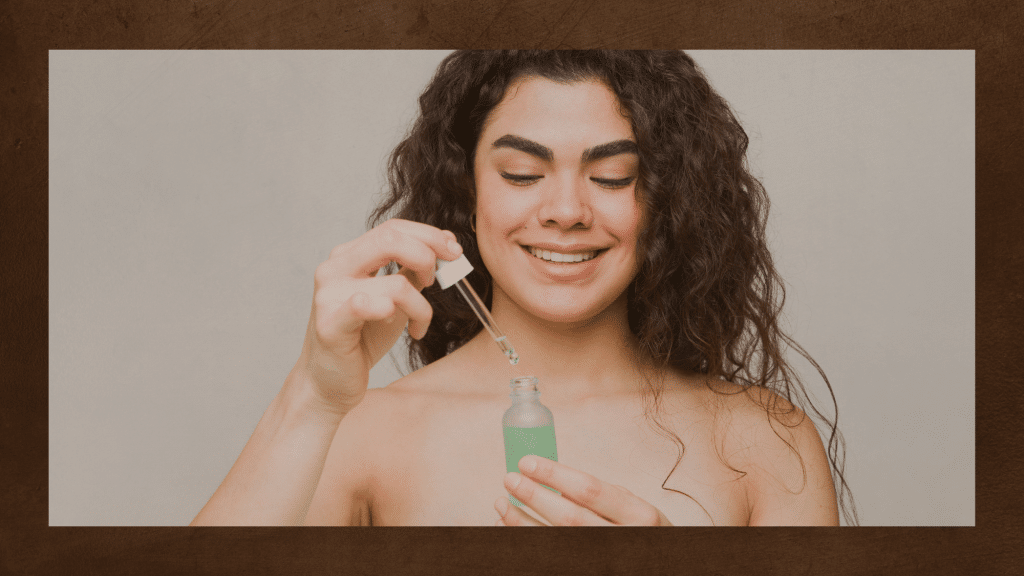
Hyaluronic Acid (HA) or hyaluronic acid is a natural substance that exists in the body. Produced in the dermis, in large quantities in extracellular tissue and holding collagen proteins together. It has the outstanding property of being a water-absorbing substance. Helps the skin to retain moisture. As a result, the skin is moisturized and firm. In addition, hyaluronic acid is an important component of cartilage in joints in the body. Because this hyaluronic substance will help lubricate the joints and prevent them from rubbing against each other.
Hyaluronic acid (HA) is a type of sugar molecule called hyaluronic acid. Polysaccharide which is present in the tissues of the body and the body can create it naturally But as we age, our bodies produce hyaluronic acid. and less collagen fibers and slowly becoming slower Generally, the skin begins to degenerate after the age of 20. The skin begins to lose moisture, become dry, thin, and lose elasticity. Later, wrinkles, deep grooves, wrinkled and sagging skin will begin to appear.
Therefore, the medical profession has synthesized hyaluronic acid to replace the hyaluronic substance that the body produces.
Properties of Hyaluronic Acid
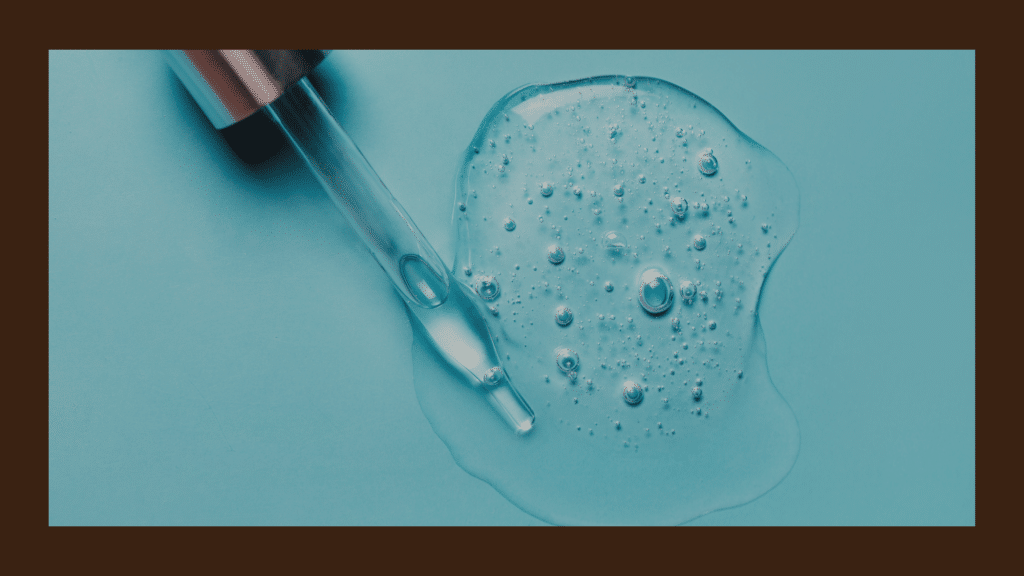
The remarkable characteristics of hyaluronic acid include its ability to effectively retain water on the skin, resulting in a well-hydrated, smooth, non-dry complexion that enhances skin flexibility and helps prevent wrinkles. Additionally, hyaluronic acid boasts the following properties:
- Collagen and Elastin Stimulation: Hyaluronic acid stimulates the production of collagen and elastin in the dermis, the inner layer of the skin.
- UV Ray Filtration: It aids in filtering UV rays, mitigating the risk of sun-tanned skin, dryness, and premature wrinkles.
- Free Radical Reduction: Hyaluronic acid reduces the production of free radicals, contributing to overall skin health.
- Joint Lubrication: It plays a role in lubricating joint bones, preventing them from rubbing against each other.
What is Hyaluronic Acid Made From?
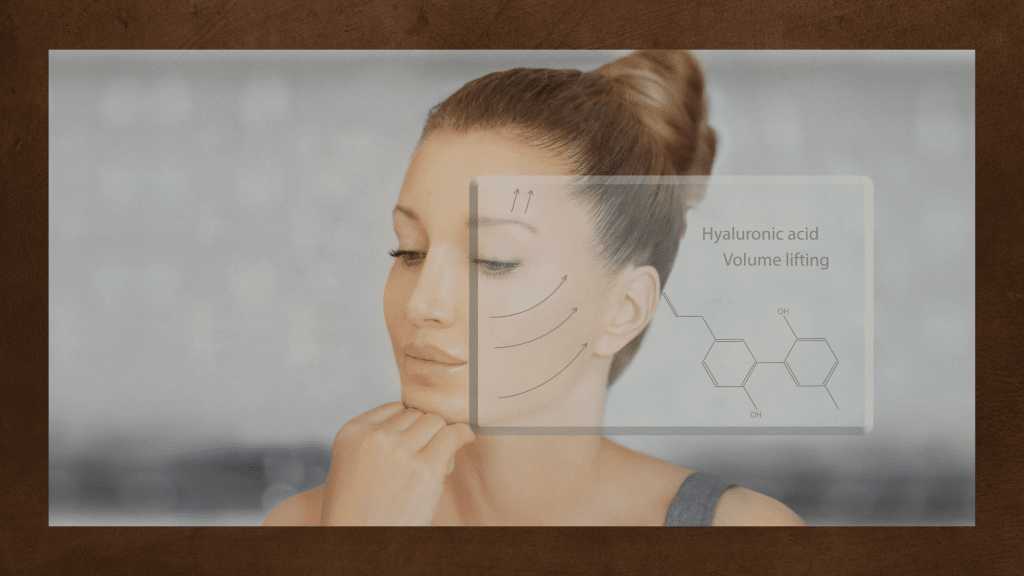
Originally derived from animals such as chickens, hyaluronic acid resulted in side effects like allergies and redness when used for human treatment. Before undergoing treatment, a skin allergy test is essential.
Subsequently, hyaluronic substances were synthesized through the biomolecule synthesis process. Streptococcus bacteria, through a process known as Biosynthesis, synthesizes small molecular substances into hyaluronic acid.
For hyaluronic acid used in certain filler brands, a biocompatible, non-animal stabilized form known as NASHA (Non-Animal Stabilized Hyaluronic Acid) has been developed. This advancement minimizes allergic reactions, ensuring safety and high stability, as seen in the Restylane filler.
How Does Hyaluronic Acid Work?
Hyaluronic acid, a complex molecule resembling a long chain, is composed of numerous small units linked together to form a macromolecular compound. This large molecular mass, known as a polymer, allows the chains to bind together effectively. As a result, hyaluronic acid has the remarkable ability to retain up to half a gallon of water, making it an exceptional polymer for water absorption. This quality positions it as a crucial ingredient in the beauty industry, utilized in procedures such as filler injections and skincare formulations.
What Does Hyaluronic Acid Help With?
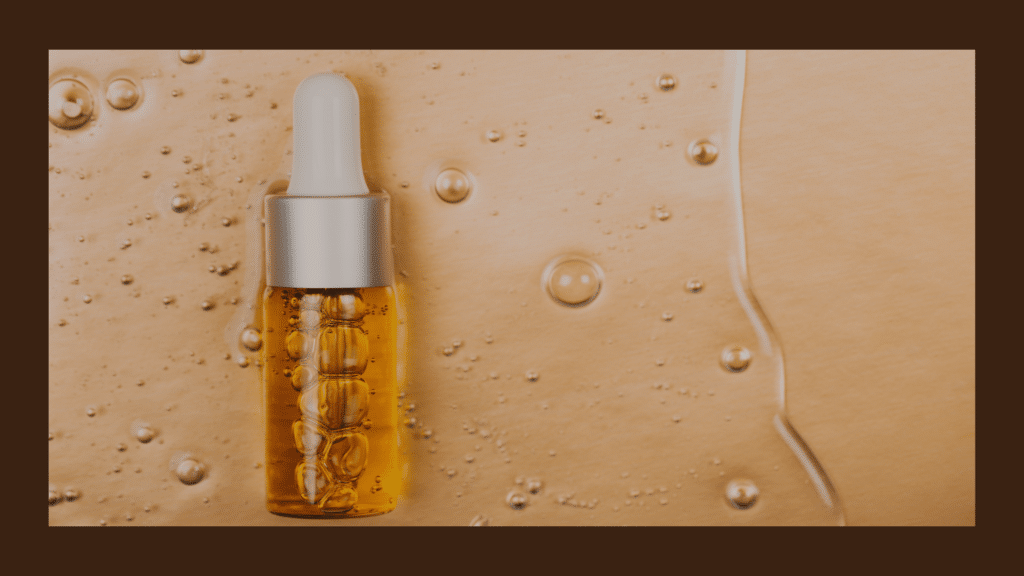
Hyaluronic acid is regarded as a vital substance for enhancing moisture, addressing facial wrinkles, reducing skin inflammation, and inhibiting immune system reactions. Additionally, it plays a role in regulating various tissue repairs and contributes to joint lubrication.
Reducing Wrinkles:
Hyaluronic acid (HA) aids in reducing and slowing down wrinkles, filling in deep grooves, addressing uneven facial skin, and enhancing skin elasticity. Its outstanding moisture-retaining feature supports the skin structure, leading to a reduction in body wrinkles.
Widespread Use in Beauty Procedures:
Hyaluronic acid is widely employed in the beauty industry to soften the skin. Injecting hyaluronic acid into facial skin or the back of the hand addresses various deep wrinkles, adds moisture, and helps achieve proportional facial contours.
Duration of Results:
Injecting hyaluronic acid into facial skin yields results lasting approximately 6-18 months, contingent on the filler brand and model used. Filler injections can be administered in various areas, including:
- Forehead Filler Injection: Addresses forehead wrinkles, sunken and flat foreheads, and forehead dimples.
- Temporal Filler Injection: Addresses wrinkles around the eyes, providing firmness and balance to the face.
- Under-Eye Filler Injection: Addresses under-eye wrinkles and sunken eyes, restoring brightness and moisture.
- Cheek Filler Injections: Fills deep cheek lines, combating bone collapse and providing a moisturized and fuller appearance.
- Chin Filler Injection: Addresses issues like a short or crooked chin, wrinkles around the chin, providing a slender, beautiful, and smooth look.
- Lip Filler Injections: Fills lip wrinkles, thin lips, and dry lips, providing a moisturized, plump appearance.
Osteoarthritis Treatment:
Hyaluronic acid, naturally produced in the body, acts as a lubricant in bone joints. Its reduction causes joint bones to rub against each other, leading to pain and osteoarthritis. Injecting hyaluronic acid or artificial joint fluid can treat osteoarthritis by acting as a lubricant and shock absorber, reducing pain and inflammation.
Eye Cataract and Burn Relief:
Hyaluronic acid serves as a viscosity aid during cataract surgery, lubricates the eyes, and protects the corneal epithelium. Additionally, it aids in burn symptom relief by reducing wound size, acting as an antibacterial agent, and promoting faster wound healing.
Usage of Hyaluronic Acid
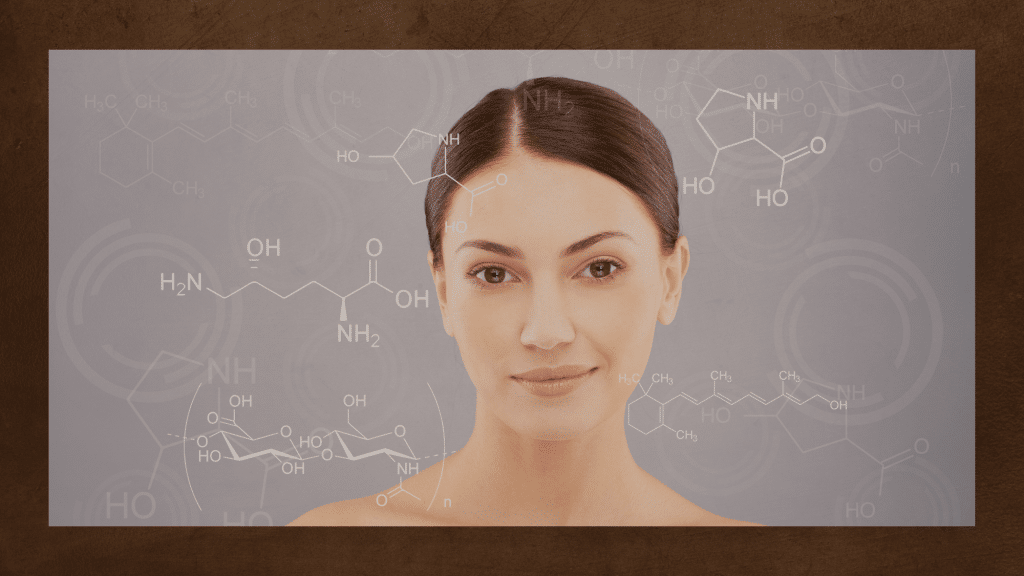
Hyaluronic acid, or hyaluronic substances, serves various purposes, whether through facial injections, commonly known as filler injections, to nourish and moisturize the skin, enhance facial proportion, as part of skincare routines for added moisture, or in the treatment of conditions such as osteoarthritis, eye health maintenance, and expediting wound healing, especially in cases of burns.
Side Effects of Hyaluronic Acid
When considering hyaluronic acid injections for beauty procedures like filler injections, it is crucial to engage experienced medical professionals and choose standardized, certified clinics for the procedure. Correct storage practices minimize the risk of harmful side effects. While minor effects like needle marks and temporary swelling may occur, they typically resolve within 7-14 days. However, severe reactions, such as significant swelling or a red, itchy rash, necessitate immediate consultation with a doctor, who may use Hyaluronidase to address any adverse effects.
Summary
Hyaluronic Acid (HA), naturally present in the body, is essential for maintaining skin moisture. As natural production declines with age, the medical field has developed synthesized hyaluronic acid to address this decrease. Currently, hyaluronic substances find applications in various medical treatments and the beauty industry, particularly in filler injections and skincare products. For personalized consultations on skincare or beauty procedures, individuals can conveniently connect with a doctor through TJ Medical Hub.


